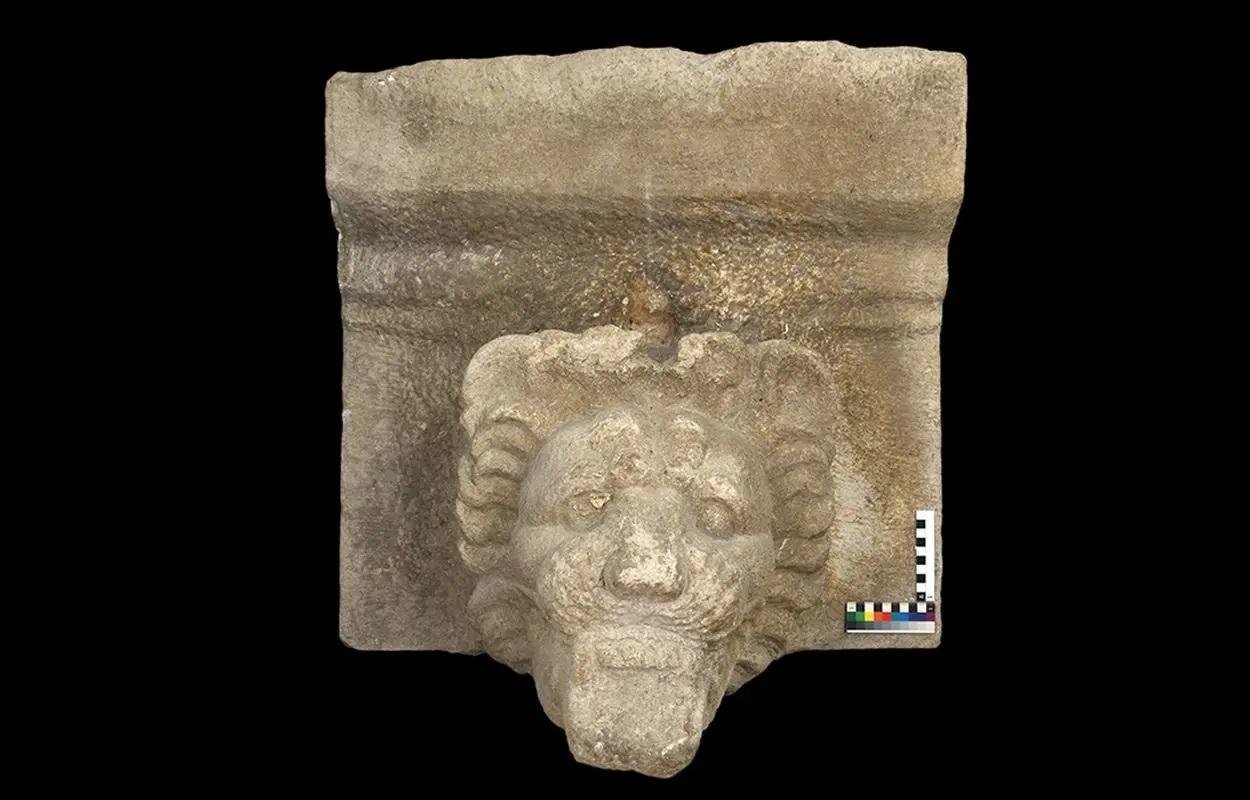Archaeologists from Ruhr University (RUB) have unearthed an unfinished marble lion’s head gargoyle during excavations in the ancient city of Selinunte, situated on the southwestern coast of Sicily.
 Credit: Selinunte Project Ruhr University Bochum, Marc Klauss/Leah Schiebel
Credit: Selinunte Project Ruhr University Bochum, Marc Klauss/Leah Schiebel
Selinunte, founded during the 7th century BCE by a colony from the Sicilian city of Megara Hyblaea, reached its zenith with a population of around 30,000 residents. However, in 250 BCE, it met its downfall due to conflicts with the Carthaginian Empire, leading to the city’s destruction and the displacement of its inhabitants.
The excavation, led by Ruhr University, focused on the city’s harbor precinct, where archaeologists uncovered an imposing lion’s head made of marble. This remarkable architectural element measures 60 centimeters in height and belongs to the category of sima-type gargoyles. Simas served the dual purpose of adorning temples and facilitating the drainage of rainwater from temple roofs.
What makes this discovery particularly exceptional is its rarity. Only nine other temples in southern Italy and Sicily are known to have marble simas like this one. The use of marble, especially during the 5th century BCE, was considered both rare and valuable, suggesting that this architectural feature was destined for a temple of great significance.
“We cannot yet say whether it was intended for the well-known Temple E in Selinunte or for another, as yet unknown temple,” remarked archaeologist Jon Albers from Ruhr University.
Simas, like the one discovered in Selinunte, were an integral part of ancient temple architecture, serving as an upturned edge on the temple roof, resembling an ancient precursor to the gargoyles seen in Gothic architecture. These simas were often adorned with intricate decorations, commonly featuring lion’s heads, rams, dogs, and other animals.
While simas were typically crafted from terracotta or limestone, this newfound lion’s head stands out due to its construction from precious marble. The head’s exceptional preservation highlights its unfinished state; it lacks a water outlet, part of the lion’s mane, and the top decorations.
The exact temple to which this lion’s head gargoyle belonged remains a subject of speculation among archaeologists. Traditionally, lions were placed on temples as guardians of these sacred structures. The unfinished nature of the carving adds to the mystery surrounding its origins and purpose.





